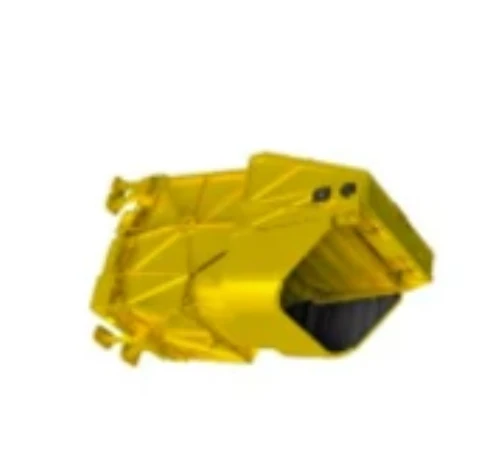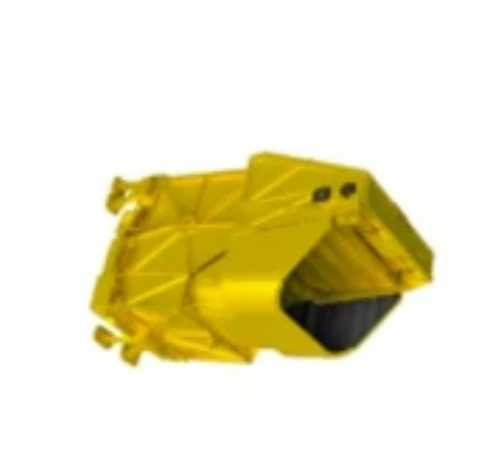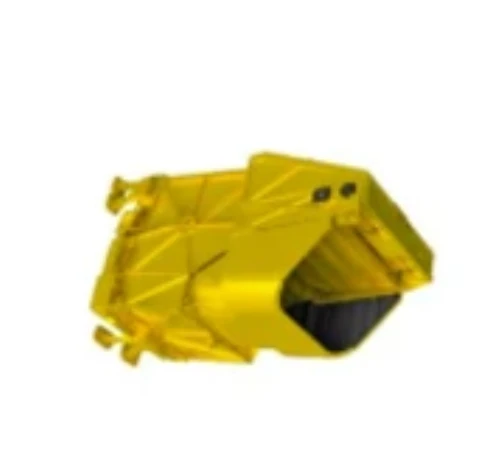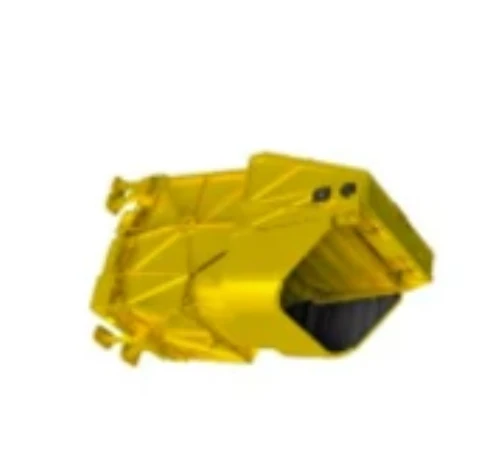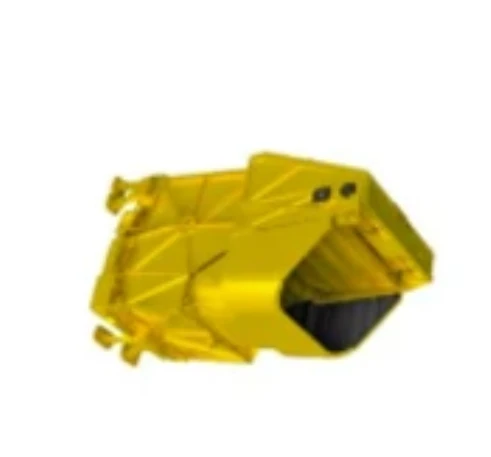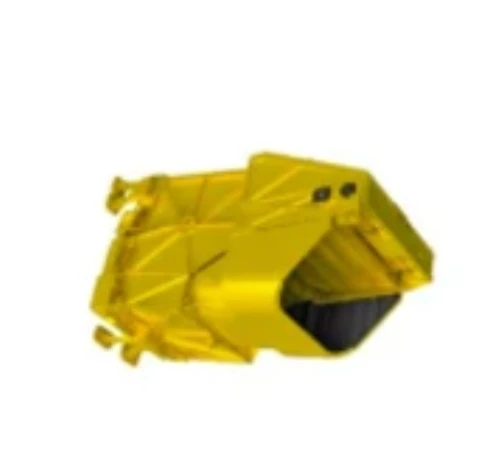
- Afrikaans
- Albanian
- Amharic
- Arabic
- Armenian
- Azerbaijani
- Basque
- Belarusian
- Bengali
- Bosnian
- Bulgarian
- Catalan
- Cebuano
- China
- Corsican
- Croatian
- Czech
- Danish
- Dutch
- English
- Esperanto
- Estonian
- Finnish
- French
- Frisian
- Galician
- Georgian
- German
- Greek
- Gujarati
- Haitian Creole
- hausa
- hawaiian
- Hebrew
- Hindi
- Miao
- Hungarian
- Icelandic
- igbo
- Indonesian
- irish
- Italian
- Japanese
- Javanese
- Kannada
- kazakh
- Khmer
- Rwandese
- Korean
- Kurdish
- Kyrgyz
- Lao
- Latin
- Latvian
- Lithuanian
- Luxembourgish
- Macedonian
- Malgashi
- Malay
- Malayalam
- Maltese
- Maori
- Marathi
- Mongolian
- Myanmar
- Nepali
- Norwegian
- Norwegian
- Occitan
- Pashto
- Persian
- Polish
- Portuguese
- Punjabi
- Romanian
- Russian
- Samoan
- Scottish Gaelic
- Serbian
- Sesotho
- Shona
- Sindhi
- Sinhala
- Slovak
- Slovenian
- Somali
- Spanish
- Sundanese
- Swahili
- Swedish
- Tagalog
- Tajik
- Tamil
- Tatar
- Telugu
- Thai
- Turkish
- Turkmen
- Ukrainian
- Urdu
- Uighur
- Uzbek
- Vietnamese
- Welsh
- Bantu
- Yiddish
- Yoruba
- Zulu
The Future of Multispectral Cameras: Trends and Technologies
As the demand for enhanced imaging capabilities grows, multispectral cameras continue to evolve, incorporating cutting-edge technology and expanded functionality. From affordable entry-level models to sophisticated multispectrum infrared combination cameras, the market offers diverse options tailored to various needs.
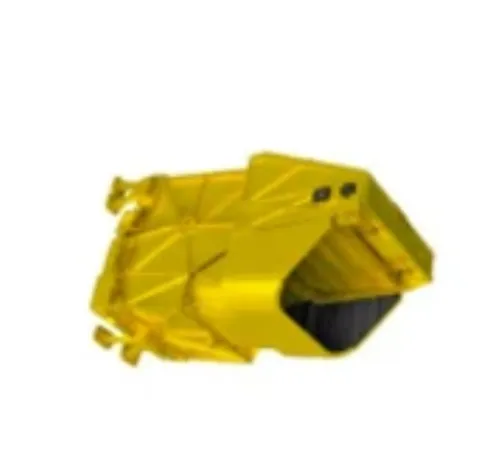
Innovations in Multispectral Lens Design
The multispectral lenses used in these cameras are critical for achieving precise spectral separation and image clarity. Recent advancements have led to lenses that can capture a wider range of wavelengths with reduced distortion and improved light transmission. This enables multispectral cameras to provide more accurate data for applications such as precision agriculture, environmental monitoring, and industrial inspection.
Enhanced lens coatings and materials also contribute to better durability and performance under challenging conditions, making modern multispectral cameras reliable tools for fieldwork.
Making Multispectral Imaging More Accessible
The rise of low cost multispectral cameras has broadened the availability of this technology. These cameras offer essential imaging capabilities at a fraction of the cost of high-end models, making them accessible to smaller organizations, educational institutions, and developing regions.
Despite their affordability, many low cost multispectral cameras still feature high-quality multispectral lenses and sufficient spectral range to meet most practical needs. This democratization of technology is fostering innovation and wider adoption across disciplines.
Choosing the Right Multispectral Imaging Camera for Your Needs
When considering to buy a multispectral camera, users should evaluate their specific requirements carefully. The multispectral visible imaging camera is ideal for applications focusing on visible spectrum data, such as vegetation health analysis and urban planning.
For more comprehensive data collection, especially involving thermal and moisture information, the multispectrum infrared combination camera offers significant advantages. Other factors such as resolution, portability, software support, and data processing capabilities should also guide the selection process.
In conclusion, advances in multispectral cameras and multispectral lenses, alongside the growth of low cost multispectral cameras, are driving widespread adoption and new applications. These innovations provide powerful tools for precise, multi-band imaging across diverse fields.






